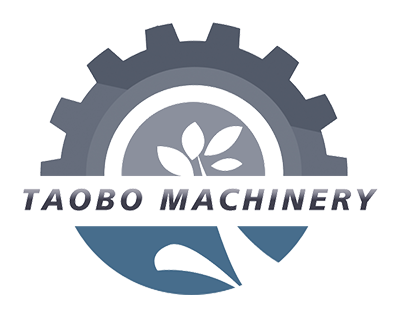The core principle behind cleaning chickpeas is to precisely separate chickpeas from impurities (such as dust, stones, broken shells, moldy beans, and off-color beans) using different separation technologies based on the differences in their physical properties.
1. Air Separation Principle: Separating “Light Impurities” (Exploiting Aerodynamic Differences)
Air separation is the first line of defense in the cleaning process, primarily targeting light impurities that are significantly lighter than chickpeas, such as dust, broken hulls, shrunken debris, and hair.
Core Principle: Chickpeas, due to their high density and weight, are less affected by airflow and fall along a predetermined trajectory. Light impurities, on the other hand, are less dense and lighter, and are blown away from the chickpeas by the airflow, achieving separation. Technical Details:
The equipment uses a fan to generate a stable, controllable airflow (positive pressure blowing or negative pressure suction), with the airflow direction at a certain angle to the falling direction of the chickpeas.
Some high-end equipment is equipped with a “cyclone dust collector.” Light impurities blown away enter the cyclonic separation chamber, where dust and other fine impurities are collected in a dust bag to prevent secondary contamination.
The air volume can be adjusted to accommodate chickpeas of varying dryness (for example, if damp chickpeas are slightly heavier, the air volume may need to be increased to ensure that light impurities are removed).
Applicable impurities: Dust, broken shells, shrunken debris, hair, light straw, etc.
II. Screening Principle: Separating “Large and Small Impurities” (Exploiting Particle Size Differences)
Screening targets impurities whose particle size does not match the chickpeas, separating them into “large impurities” (such as small stones, whole straw, and lumps of soil) and “small impurities” (such as broken beans, fine sand, and shrunken grains). The core of the classification is achieved through the vibration of a “perforated screen.” Core Logic: Cleaning machines are typically equipped with two or more layers of vibrating screens. The apertures of the upper screen are slightly larger than the size of normal chickpea particles, while the apertures of the lower screen are slightly smaller.
The upper screen allows chickpeas and small impurities to fall through the screen holes, while larger impurities (such as stones and straw) are retained in the upper layer and discharged as the screen vibrates.
The lower screen allows normal chickpeas, which are larger than the screen holes, to be retained in the lower layer and conveyed to the next process, while smaller impurities (fine sand and broken beans) fall through the screen holes and are collected separately.
Technical Details:
The screens are typically made of woven or perforated metal mesh, and can be adjusted to different mesh sizes depending on the actual chickpea particle size (e.g., the common 2-3mm particle size).
Some machines also feature “rubber cleaning balls” installed below the screen to vibrate and impact the screen, preventing broken chickpea particles from becoming stuck in the mesh (preventing “screen clogging” and affecting efficiency). Applicable impurities: Large stones, straw, and clumped soil (large impurities); fine sand, broken beans, and small shrunken grains (small impurities).
3. Gravity Sorting Principle: Separating “Density Impurities” (Utilizing Differences in Specific Gravity)
Gravity sorting targets impurities similar in size to chickpeas but with different densities, such as immature, sprouted, moldy, and insect-infested beans, as well as some stones of similar size to chickpeas (which cannot be separated by screening).
Core Logic: Normal chickpeas are plump and have a high density (approximately 1.2-1.3 g/cm³), while immature and moldy beans have a loose internal structure and a lower density (approximately 0.8-1.0 g/cm³). Due to the combined effects of “vibration + airflow,” high-density normal chickpeas sink to the bottom of the sorting table and are transported forward by the vibration of the tabletop. Low-density defective chickpeas and light impurities float to the surface and are removed by the reverse airflow or scrapers. Technical Details:
The sorting table is typically an inclined, perforated plate with a low-pressure airflow underneath, which keeps the material (chickpeas and impurities) in a “suspended state” and facilitates density stratification.
The table’s vibration frequency, tilt angle, and airflow pressure can be adjusted to accommodate density variations between batches of chickpeas (for example, dry chickpeas may have a slightly higher density, requiring fine-tuning of these parameters).
Applicable impurities: Immature chickpeas, sprouted chickpeas, moldy chickpeas, insect-infested chickpeas, and lightweight stones of similar size but different density to chickpeas.
Post time: Oct-27-2025







